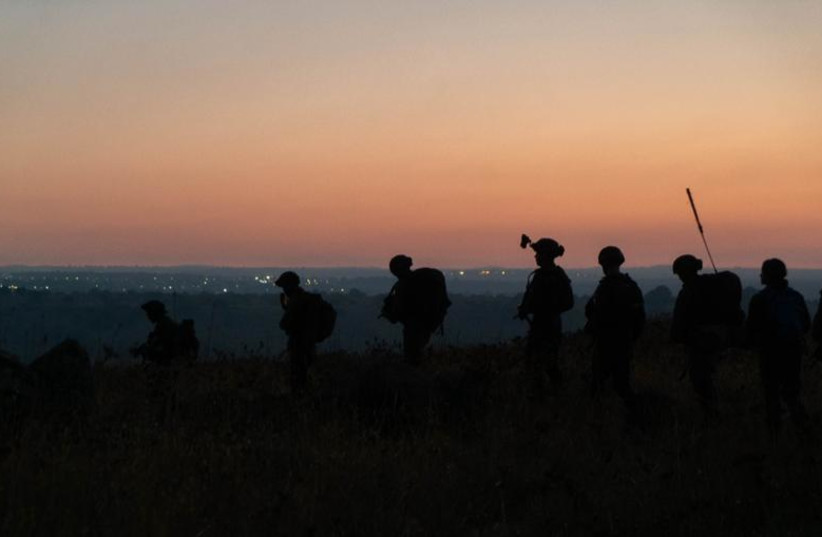The first troops of the Israel Air Force’s newly established Sufa teams graduated from the officer’s course last week, opening up a new level of cooperation between air and ground forces of the Israeli military.
The 10 new officers are the first group from a groundbreaking course.
The Sufa teams, which are under the IAF’s Cooperation Unit, were established as part of the IAF’s increased cooperation with ground forces.
The five-member team, placed within every combat infantry brigade, joins the ground forces on the battlefield to provide fire support and coordination while in combat.
The team includes a commander, an artillery corps officer responsible for ground fire, a Sufa officer who manages air fire, and three additional soldiers from the brigade who go through additional command and control training.

The Sufa officer acts as the man on the ground who provides air support in an accurate and effective manner while the artillery corps officer provides accurate firepower from the ground forces.
“It’s a small but very effective team,” said Maj. L, commander of the Sufa department in the IAF Cooperation Unit.
During training, cadets who came straight from the IAF’s elite pilot’s course undergo the same basic training as infantry officers, and learn about how both the IAF and ground forces act during routine and emergency situations. The advanced training lasts for four months at the Unit 669 training school.
The next course will begin in March and take place at the 7th Wing’s new aerial Special Forces school, where they will learn alongside troops from the IAF’s elite Shaldag, 669 and Frontal Landing Units.
By 2022, there will be a total of 18 Sufa teams integrated into infantry brigades.
Maj. L expects the unit to play an inseparable role in upcoming conflicts, be it in Gaza or on the northern border as it’s a key aspect to IDF Chief of Staff Lt.-Gen. Aviv Kohavi’s Momentum plan, which focuses on maximizing operational capabilities with inter-branch operations and cooperation.
“They will take part not only in battle but in the operational planning of firepower,” he said, adding that the way that they approach the battlefield will be different due to the various different challenges they face.
“Gaza is densely packed, and the IDF prefers to use airpower rather than have troops maneuver inside. But in Lebanon, the IDF knows that they will need to have troops cross inside and the fighting will be much more complicated, especially because of the air defense systems in Lebanon and neighboring countries.”
Until a few years ago, ground forces would call in air support by attack helicopters or fighters jets and would take four hours until a target was hit. But with Sufa teams integrated into infantry brigades, air support takes between seven and 10 minutes.
“They have an arsenal of firepower and tools,” Maj. L said, adding that what has cut down the time is their ability to call for air support from a tablet while on the battlefield without needing the green light from the usual military hierarchy.
It’s a “revolution” said Maj. L., especially since division commanders have access to airpower that includes heavy and precise munitions, whenever and wherever they may be on the battlefield.
